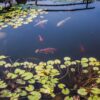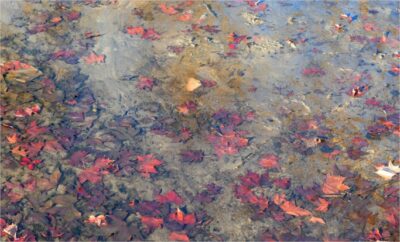Duckweed plants can become an issue if your property has water. Duckweed is a plant that produces seeds and grows in colonies and calm waters. Additionally, it is very aggressive; a whole pond can easily be taken over by it. Besides covering the surface of the water, duckweed colonies can also cut off oxygen to the water below, making it difficult for animals to live there, such as fish.
There’s something I want to confess. Duckweed is something I really like. It can really be interesting to look at, and I think it’s pretty. Its rapid propagation is impressive, and the roots are free-floating. The rootless duckweed, watermeal, also called watermeal, absorbs nutrients and water through the bottom of its frond directly. It is also notable that watermeal is the smallest flowering plant known to science.
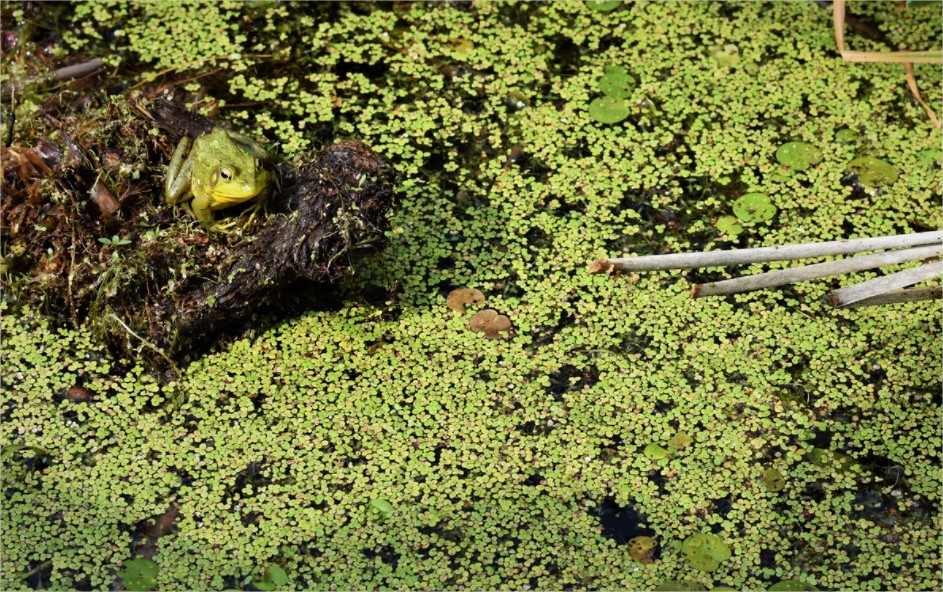
HOW DO I IDENTIFY POND DUCKWEED?
The problem with duckweed is that it can be extremely problematic in a pond. Plants can be as much as doubling their population daily, meaning a pond can be completely overlaid within a few weeks under good conditions. There are many pond owners who have discovered that duckweed is a powerful example of exponential growth. The presence of duckweed and watermeal (which are commonly found together) can be detrimental to a pond. The sun cannot penetrate through them, so the healthy, water-cleansing algae are quickly killed. When nutrient levels do not rise, unhealthy algae blooms and sludge buildup (the sludge layer) will occur in the pond. In turn, this will promote anaerobic bacteria growth, which can kill fish, turtles, and other plants, as well as increase duckweed growth. There’s nothing good about that.
Ponds that are smaller than a swimming pool are generally not bothered by duckweed. A fountain or waterfall can usually move enough water to keep it down, as it is a fragile plant that doesn’t do well in moving water. Ponds and small lakes that have a lot of duckweed tend to be large (especially man-made ponds). A large, relatively stagnant pond can be easily dominated by duckweed due to its rapid spread along waterways and its ability to travel on animals, and once it gets going it can be difficult to eradicate. But if you plan ahead, you can prevent infestations from occurring in the first place.
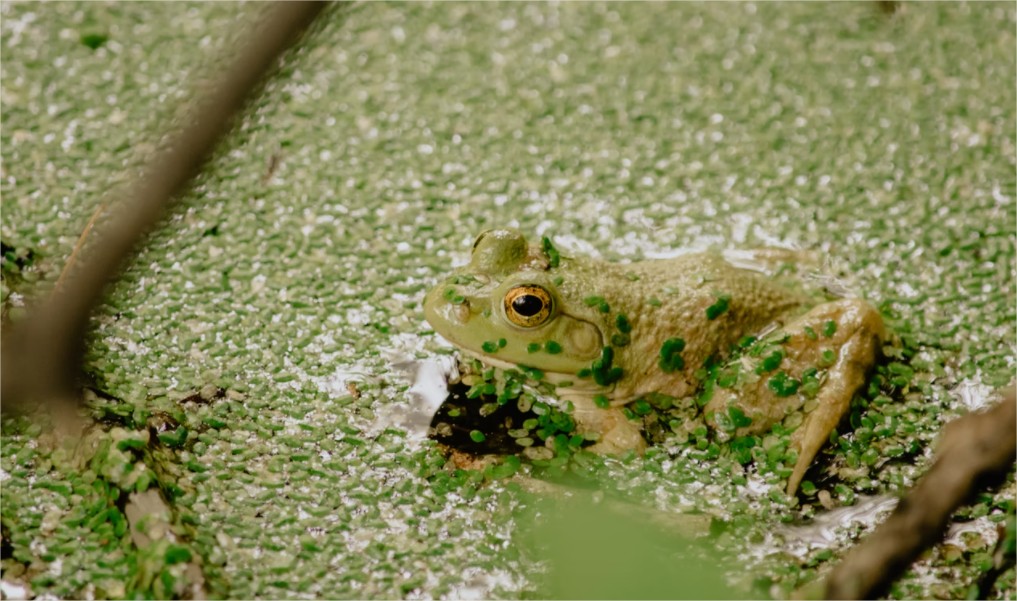
HOW TO PREVENT AND CONTROL DUCKWEED
There are chemicals that can be used to eliminate established duckweed, but I do not recommend using these to do so at first. My preferred method would be to use two mechanical strategies to eradicate the pests. As soon as you have skimmed out all the duckweed you can, step two is to prepare the water for fishing. It can be done with a simple pond net or even a fine fishing net or pool skimmer. You’ll be able to compress the plants more on one side of the pond if you wait until it’s windy. I’m sure you’d be amazed how quickly duckweed can be wiped out in your pond.
There will, however, be no permanent solution to this problem. In many cases, when plants are not removed, they come back soon afterward and cover the pond. You can carry out the second part of your attack after you’ve got the weeds out of the pond, though, so that duckweed doesn’t return.
Importance Of Fountains
Small ponds suffer from duckweed’s fragility, but one or both of these two pieces of equipment can be used to treat larger ponds. Fountains create two effects: they agitate the surface of the water, making duckweed less likely to survive and spread. Aerating the water will also give healthy aerobic algae an opportunity to remove excess nutrients from the water, which the duckweed depends on for growth.
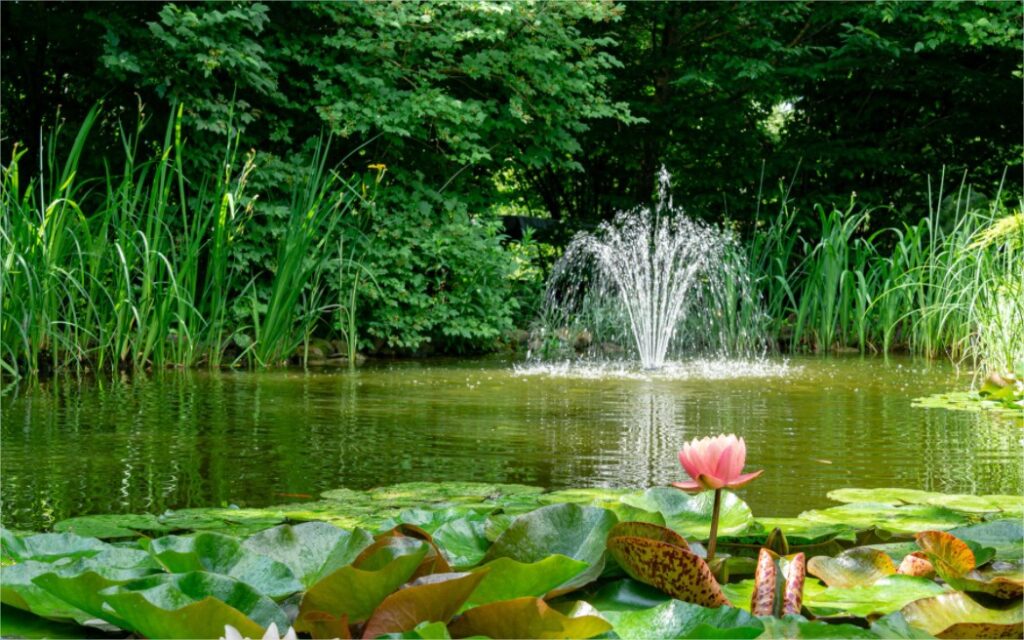
The bubble aerator can also be used to keep duckweed infestations under control. Though more conducive to deep aeration than the fountain, this one is less effective at surface agitation. If not more, a bubble aerator can also help keep a larger body of water healthy, especially those that take in a lot of agricultural or commercial runoff, which can carry high quantities of nutrients that need lots of healthy algae to function.
Adding natural duckweed predators
Natural predators in the water and around it are one of the most effective ways to control duckweed. Duckweed is a favorite food item for fish, such as goldfish and grass carp, but it can also be eaten by koi and goldfish. Despite their inability to eliminate large amounts of duckweed, these predators will help stop the problem from starting (or prevent a small amount from becoming large).
Bring the water to life by aerating it
Static or extremely slow-moving waters are ideal for duckweed. The best way to remove duckweed from your water is by aerating it. Duckweed plants that have already grown will be killed by bubble aeration. In addition to reducing foul odors associated with the water, aeration can also help the pond stay clean.
Bring the water to the surface
The duckweed in the water can be physically removed by using a rake. You can easily remove the leaves by raking them together and then removing them from the water’s surface. Do not let the wind, runoff or animals move the weed back to the water as soon as the weed is removed. If you prefer not to rake it by hand, you can also vacuum the water’s surface to remove duckweed.
The objective is to prevent waterfowl from gaining access
If your property has a body of water, waterfowl might be pretty to look at, however, they can exacerbate a duckweed problem. The plant is eaten by waterfowl, so they often have a residue on their feathers, beaks, and feet. Create a steep bank into the water, remove aquatic vegetation, and use noise-making devices to try and scare birds away. If you want to make your area less inviting to waterfowl, you can create a steep bank.
Make sure you use safe chemicals
If you want to stop duckweed colonies from growing, you can use safe chemical options. The chemical SonarTM contains fluridone, which is available on the market. In addition to diquat dibromide, diquat dibromide is also effective against duckweed. The reward is often marketed as this chemical. As a final option for duckweed control, Flumioxazin is also safe. When applied to plants that are young and active, this herbicide is most effective.
Following are the steps you should take to remove duckweed on your property when you see it growing on water. Aerating your water and distancing waterfowl from your pond will help prevent a new problem from developing in addition to fixing any existing issues.







